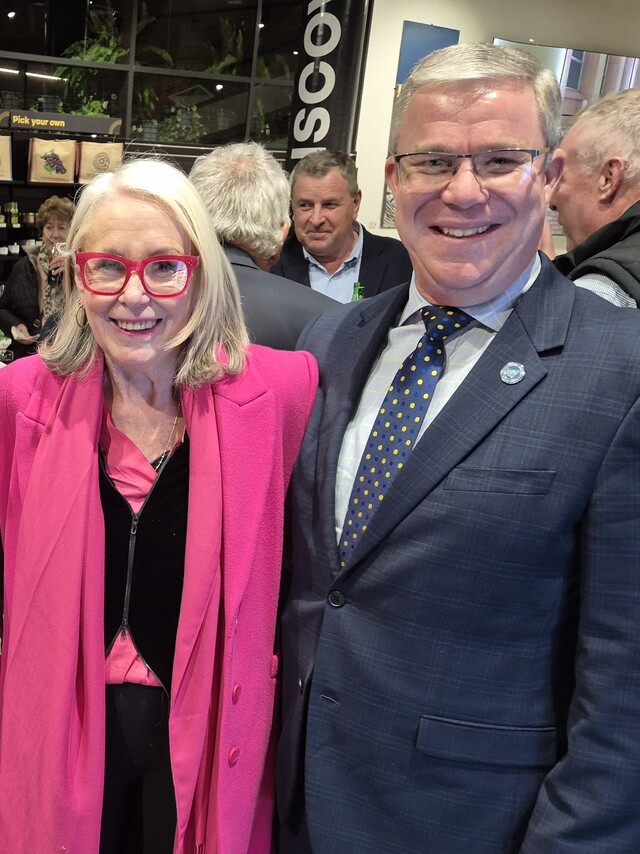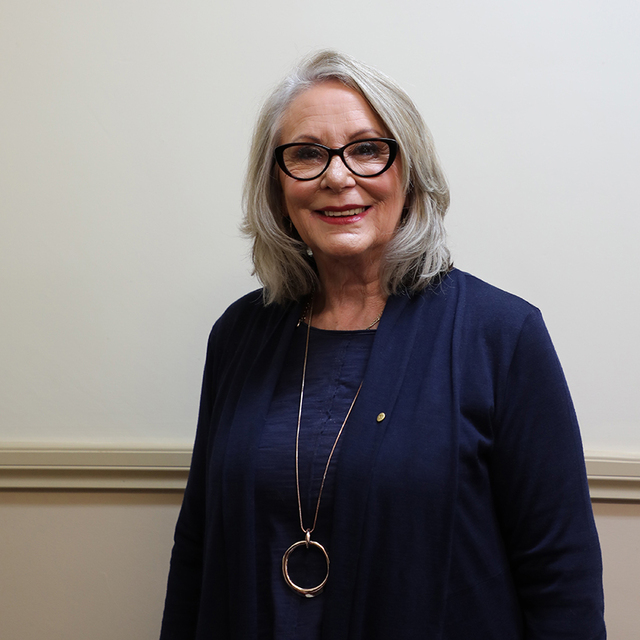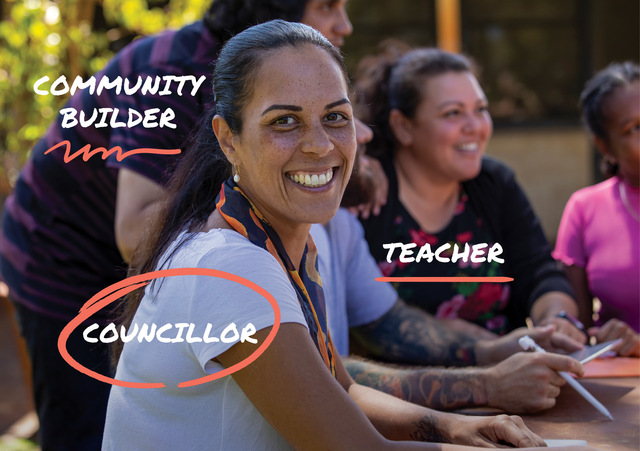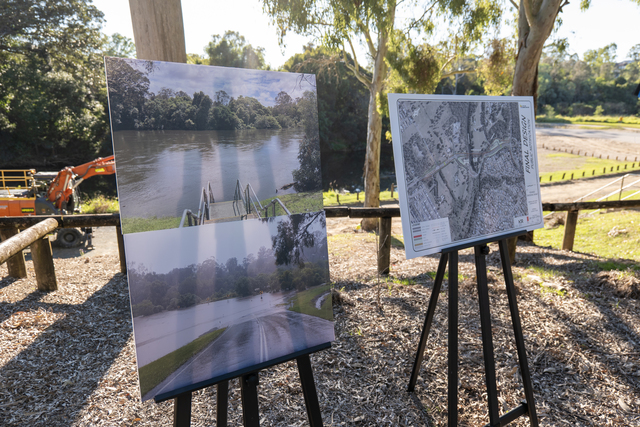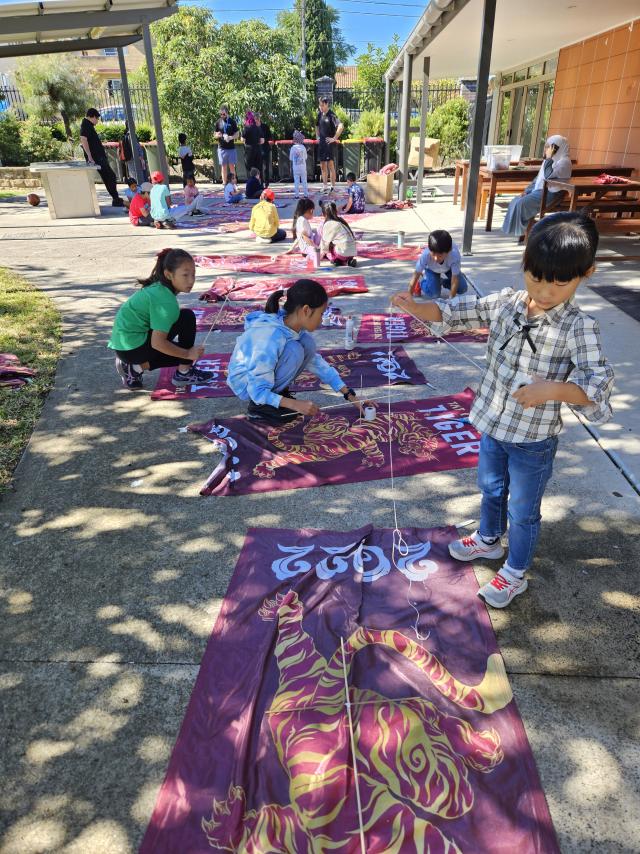Famous for its unique zoo and characteristic rural lifestyle, Dubbo City Council in inland NSW has embarked on an extensive 20 year plan to determine the future health of its rural and urban environment. Located on the busy inland north south route of the Newell Highway, the City caters for thousands of travellers, as well as its own 38,000 residents.
Council is determined to improve the district’s ability to sustain and develop its current industry and lifestyle. Dubbo City Council’s Rural Area Development Strategy (1995-2015) places a radical emphasis on the importance to the local economy of the natural environment.
Targeting all aspects of the City’s diverse activities including timber, agriculture, tourism, mining and freight, the Strategy aims to comprehensively tackle mistakes of the past, as well as conflicting interests that may arise in the future.
The Strategy recognises that for industry and other development to flourish, a healthy natural environment is essential and this must be made central to other concerns.
When preparing its Rural Local Environment Plan (LEP), rather than rehashing the existing LEP, Council went back to basics to reconcile the competing needs of economic development and the limitations set by the capacity of the environment to sustain such development.
An ensuing Issues Paper looked not only at environmental limits but at the possibility of untapped opportunities in existing land management. The main principles of this paper provided the basis for the Development Strategy which will now be the linchpin of Council’s planning over the next 20 years.
Key maps used in the Strategy identify the environmental constraints and considerations relating to particular land uses throughout the area. These include flood and bushfire potential, erosion risks and habitat values. They also show the potential for new industries including residential development, tourism opportunities associated with the area’s numerous recreational and heritage sites, aboriginal history, agroforestry and entertainment.
Extensive consultation in the local community through numerous meetings, particularly with landholders, has resulted in wide spread support for the Strategy. The Strategy is an evolving document which will be reviewed annually through further consultation in the form of public meetings and forums.
Capacity for amendments, and a comprehensive revisiting of the Strategy every five years, ensures it will be a living plan adaptable to unforseen changes in a dynamic environment.
For further information contact Diane Tucker, telephone (068) 814 324.


